Promising Practices: Transit Technology Adoption Common Themes Among Promising Practices
- Date: February 16, 2022
While the promising practices profiled in this Guidebook are varied in nature and the types of benefits accrued to transit providers, there were several common themes identified that helped to facilitate practice adoption. The common themes speak to agencies that are resourceful in seeking out not only new practices but in finding ways to fund and implement new practices that are cost-effective and practical for smaller agencies.
- Partnerships
A number of the practices profiled were made possible via partnerships that contributed funding, staff hours, and expertise to bring a practice to fruition. Several of these partnerships engaged with organizations outside of the transportation industry. - Vendor Research and Engagement
Many of the practices profiled were the result of or benefited from extensive vendor research and engagement with vendors to communicate small and rural agency needs and constraints. - Stakeholder Involvement
Engagement from key external and internal stakeholders throughout the development and implementation of practice was also common among the practices profiled. Organizations representing key community stakeholders helped to shape the development of several of the promising practices implemented. Similarly, engagement with internal stakeholders helped create practices that met the needs and expectations of all involved internal divisions.
Promising Practices
This Guidebook includes ten profiles, nine of which profile an individual agency’s experience, while one is a composite profile featuring the experience of several agencies. Of the ten profiles, eight practice types were identified: accessibility, alternative fuels, asset management, passenger information, and general transit feed specification (GTFS)/GTFS-Flex, computer-aided dispatch and automatic vehicle location (CAD/AVL), fare payment, microtransit, and mobility hubs. Although these practice types are broad, the practice profiles detail specific examples that are noteworthy in their promise, and sometimes involve new use cases and/or integration of existing technologies.
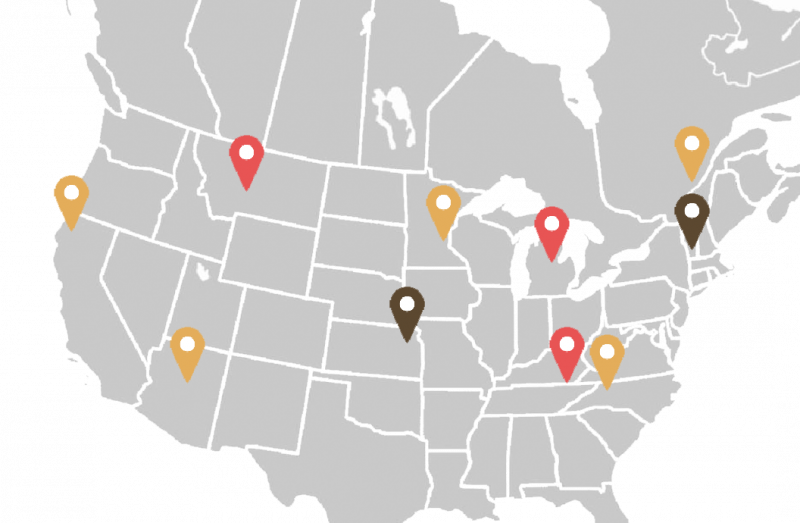
Accessibility
Carta’s Wayfinder Smart Travel System
CARTA, the Tennessee Department of Intellectual and Developmental Disabilities (DIDD), the City of Chattanooga, the non-profit Orange Grove Center, and AbleLink Smart Living Technologies, LLC, formed a public-private partnership to develop an application to help individuals with intellectual disabilities navigate public transit independently.
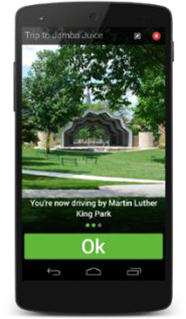
Michigan Mobility Challenge For Transit Providers To Improve Customer Service For The Visually and Hearing Impaired
After receiving a Michigan Mobility Challenge Grant, TheRide selected Feonix – Mobility Rising to develop the Connect app, which helps riders with visual and hearing impairments navigate public transit using What3Words.
Alternative Fuels
Blue Lake Rancheria Transit System Waste Oil To Fuel
Blue Lake Rancheria Transit System constructed a biodiesel conversion apparatus that takes waste cooking oil from the Tribe’s hotel and casino kitchens and converts it into biodiesel. Locally- produced biodiesel has been in use by the system since 2015.
Clemson Area Transit – Electric Bus Fleet
In 2014, CATbus started operating electric buses. By 2017, CATbus electric bus fleet represented half of its entire fleet and allowed for substantial operating savings.
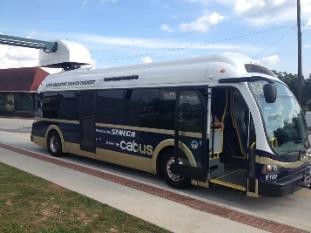
Asset Management
Mountain Line – Asset Management Solution
Blue Lake Rancheria Transit System constructed a biodiesel conversion apparatus that takes waste cooking oil from the Tribe’s hotel and casino kitchens and converts it into biodiesel. Locally- produced biodiesel has been in use by the system since 2015.
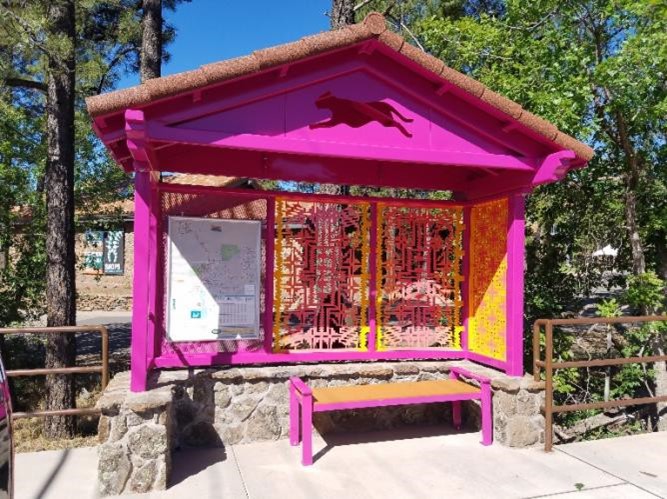
Passenger Information and GTFS Flex
Go Vermont! Trip Planner
In 2018, Go! Vermont launched a trip planner that incorporated both GTFS and GTFS Flex, allowing the trip planner to provide more options than private-sector counterparts. The GTFS Flex function is especially useful in the rural parts of the state, where fixed-route bus services are less common than demand-response services.
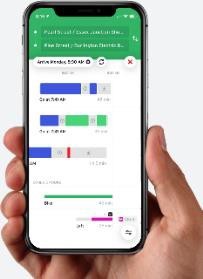
CAD/AVL
Portneuf’s Smartphone Cad/Avl And Fare Collection System
Portneuf, Quebec, Canada uses an off-the-shelf mobile-phone and tablet-based software to facilitate dispatching, vehicle location and to provide passengers with real-time in formation on vehicle location.
The same software suite facilitates on-board fare payment with smartcards.
Fare Payment
Mobile Fare Payment
Mobile Fare PaymentTransit agencies can choose from a wide variety of fare payment and validation methods, business models, and companies to implement mobile fare payment systems. With mobile fares, riders download the app from a mobile app store, enter payment information or link the app with an existing transit account, board the vehicle, and validate their fares.
Microtransit
Johnson County, KS Flex Service Pilot
In 2019, Johnson County, Kansas, located in the Kansas City metropolitan area, implemented a demand-response service to connect residents to fixed-route transit. The service experienced rapid growth, followed by a need to rapidly modify operations in response to COVID-19 in 2020.
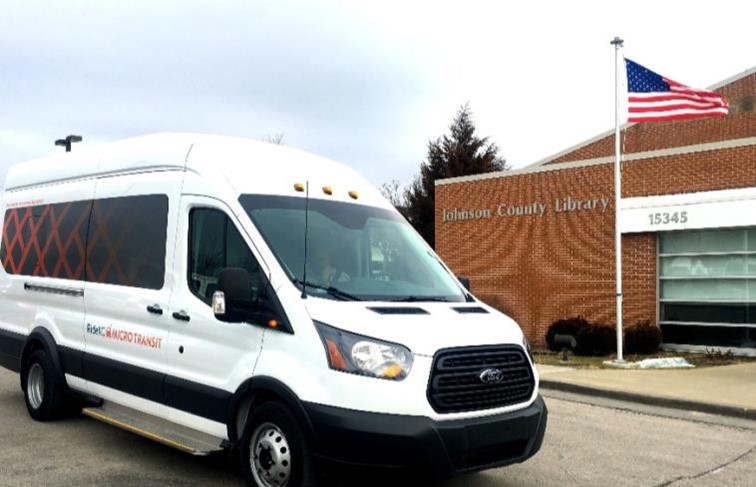
Mobility Hubs
City of Minneapolis Mobility Hubs
The Minneapolis Mobility Hubs Pilot increases access to convenient, low, or no carbon transportation options by creating centers where riders can transfer between these modes easily. Implemented in September of 2019, the original pilot covered 12 locations marked by specially designed wayfinding signs in North, Northeast, and South Minneapolis. Mobility hubs include seating, bikeshare docks, transit stops (often on high-frequency routes), and designated parking locations for dockless shared bikes and scooters.